Meditation and mindfulness practices benefit all kids, including children with autism spectrum disorders. While most of the research on meditation and autism has been done with adults, recent research has suggested that meditation for kids with autism, especially certain types of meditation, may help children with autism as well. This is most likely because meditation relaxes the mind and body.
Results like these are encouraging as children with autism certainly need the benefits of meditation like improved emotional regulation, concentration and executive function, better sleep, increased immunity, and reduced anxiety and depression, to name a few.
Kids with autism can struggle with misophonia or sensory processing issues that often get them into states of frustration or overstimulation. Overstimulation leads them into a “fight or flight” mode which often leads to fear and panic. A meditation practice can help kids regulate their big emotions before a tantrum or meltdown occurs. Gentle reminders of meditative ways to calm down can help kids before, and sometimes even during, episodes of anxiety and upset.
Social Stories, scripts, or age-appropriate books about meditation provide a gentle introduction when the child is relaxed and focused. In the same way, story meditations, in which a narrator guides the child through a story and into a meditation, are also good ways to encourage meditation. Most meditation teachers agree that meditation is a practice, and as such, it must be done consistently to reap benefits.
Making meditation part of your child’s daily habit, like combing their hair or brushing their teeth, helps make meditation become routine. Routines are especially important to children with autism spectrum disorders, as it structures their day and gives a sense of calm in knowing what comes next.
What are the best meditation practices for kids with autism? First and foremost, any meditation practice that the child enjoys is a best practice. With absence of a favorite, research indicates that breathing and mantra meditations are good places to start.
Breathing meditations, like diaphragmatic breathing, or alternate nostril breathing have been shown to release oxytocin in the brain, which increases feelings of relaxation and happiness.
Known by many names, like belly breathing or balloon breaths, diaphragmatic breathing involves taking deep breaths from the belly, which calms the central nervous system, increases blood flow and reduces pain. Most adults take shallow breaths, from the chest, which leads to increased anxiety and feelings of tension.
Many children enjoy seeing the power their breath has on their stuffed animal or hand. When the practice has sufficiently relaxed them, explain how they can use this practice to calm their minds and bodies when they feel big emotions like stress, frustration and anxiety.
Alternate nostril breathing is thought to help children with autism because many children with autism breathe more from their left nostril. Scientists believe that left nostril breathing activates the parasympathetic, or relaxation center, of the brain. Alternate nostril breathing is also thought to help reduce anxiety and overstimulation, two emotions even most adults can use help regulating.
(Now both their left and right nostrils will be closed.)
Mantra meditation is also shown to elicit relaxation responses in children with autism. A mantra is a repeated word, or short phrase, that the child can chant during meditation. This is particularly helpful for children with autism who may struggle with language deficiencies. Research has shown that slow, repeated rhythms promote self-relaxation. These repeated words or phrases can encourage the heart rate and breath to mimic the peaceful, repetitive beat of the mantra.
Meditation for kids with autism is best taught when the child is calm and relaxed. Children can be reminded to use meditative practices when they are being triggered and feeling the onslaught of big emotions. Using breath, mantra, or any other form of meditation can help children relax.
Wee Meditate offers meditations that gently guide children through a variety of meditation practices, all in the meditation space known as Dragon’s World. Designed to be representative of all children, Dragon’s World is a magical forest with animal friends who learn and meditate alongside your child.
Children with autism may be drawn to the character named Weasel, who also has autism, cerebral palsy, and a service dog named Henry. Together they will experience how meditation can bring calm into their mind and body.
For meditative stories, music, and more, sign up today to experience mediation made accessible and engaging

